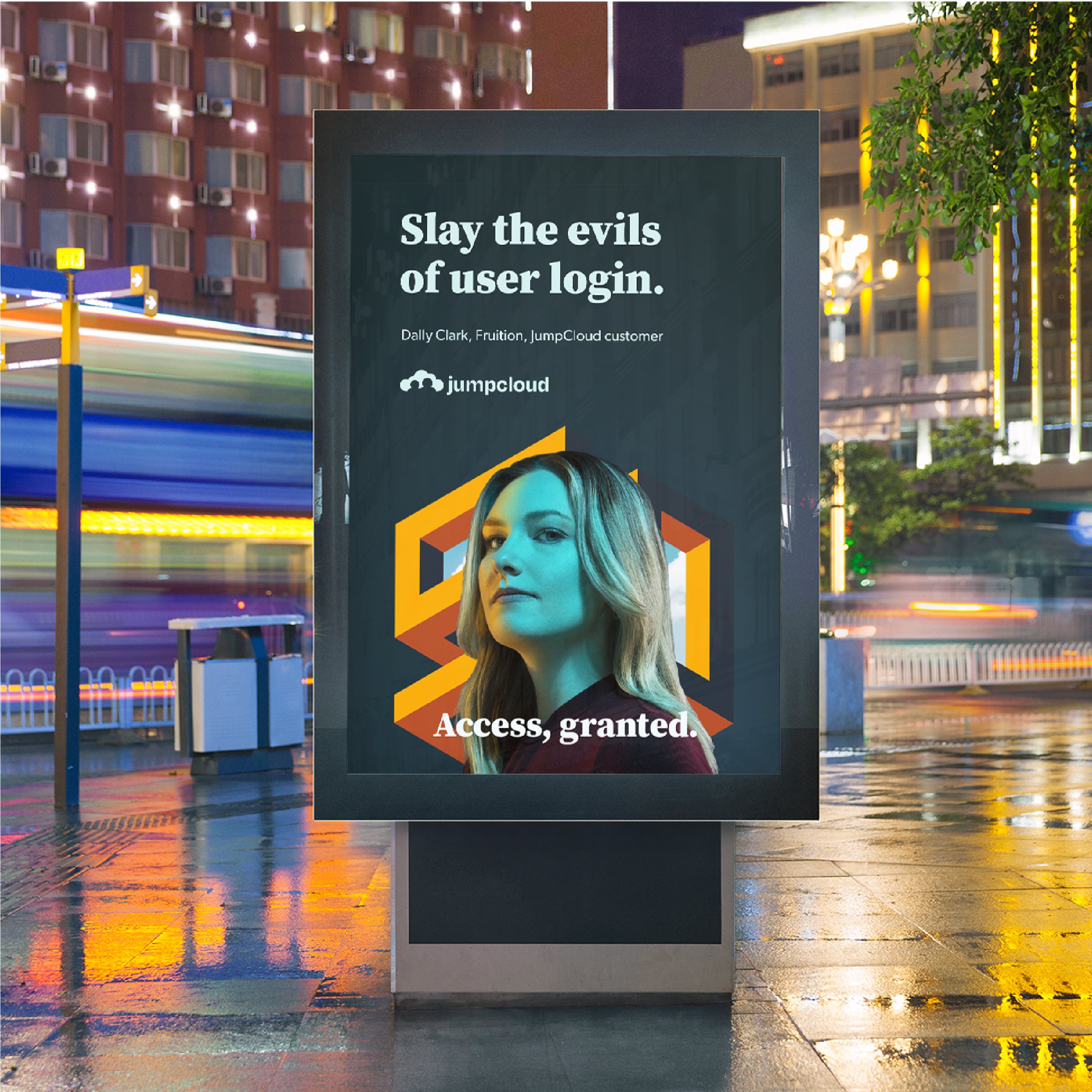5 Social Media & Business Tips From A Social Media Strategist
Learn the ins and outs with Liquid Agency’s Senior Social Media Strategist Ashley Heinonen.

Social media became mainstream with the launch of MySpace in 2003—allowing friends and strangers alike to connect with each other like never before. Since then, social media has grown substantially. Globally, more than 3.6 billion people currently use social media, and that number is expected to increase to 4.41 billion by 2025. Companies now use platforms like Facebook, LinkedIn, Instagram, Twitter, Pinterest and TikTok to connect with consumers and showcase their work—who they are, what they do and how they can help you. It creates an intimate environment where businesses, big or small, can interact and listen. For many businesses, it goes without saying that a digital presence is necessary as internet users spend an average of 144 minutes on social media each day. However, many businesses still struggle with social media, so we’re here to provide answers to common questions.
June 30 marks Social Media Day and we’re taking a deep dive into social media. We sat down with our Senior Social Media Strategist Ashley Heinonen to learn more about the social world—upcoming trends, what it can do for your brand and mistakes to avoid.
What’s the biggest mistake people make with social media?
Overthinking it. On Instagram alone, there are 95 million photos and videos being shared every single day. On LinkedIn, content creation increased by 60% in 2020. This means there’s a ton of content being created every day that your business is competing with, and the time you spend making sure a post is just right (Is it the right photo? Is there a video we could use instead? Should the caption be edited? Can we say more?) is time that you’re not getting your business in front of people. That’s not to say that you shouldn’t put effort into making great content; but it will benefit you more to go with your gut and share more of what you feel will resonate with your audience, rather than second-guessing every element of your posts.
Social media moves incredibly fast, and if you want to grow and have your audience engage with you, you need to be able to move fast and keep up with the output. Besides, what’s the worst that will happen with your post? If people don’t engage—well, you weren’t going to share content anyway. Social media is meant to be more experimental and transient. The one big caveat is to make sure the content you’re sharing isn’t offensive in any way, because landing your business in negative PR is hard to recover from.
If a client is new to social media, what are some of the key first steps?
The first step is figuring out the channels that make sense for you and then determining your budget. Although it’s free to post on social platforms, businesses need to make a significant investment to really stand out on social media—whether that’s with time, money or both. You need content—which means photography, videos, graphics and captions—and you’ll need someone to develop all of that. It also means managing communities. Who will be responding to comments and proactively commenting on potential followers’ posts? And if you work with influencers/creators or plan to run ads on social media–which will be really helpful when you’re getting started–you need to factor that cost in, too. Don’t assume that a social media presence is free—it’s far from it.
How have social media trends changed in recent years? What trends are on the horizon?
One of the biggest changes has been moving away from the reliance on sharing posts to be successful. First, brands wanted to share posts with photos. Then, they realized videos performed well and moved to increase video production. Next, stories were added and they were used to supplement posts. But now, there are Reels, which are getting more engagement than posts. You’re expected to go Live—and even better if you do so with multiple people, now that there are rooms. Even LinkedIn has added the opportunity to go Live on their platform. In short, you can’t schedule posts and walk away—you have to consistently create timely content in multiple formats to make a difference and be part of time-sensitive conversations.
A couple other big trends focus on recognizing social media as a legitimate e-commerce platform, especially with the emergence of Instagram Shops last year during the pandemic. There are also a variety of new features for creators to make money launching soon. I think Stories, Livestreams and shopping tools within social platforms will continue to be important for social media, but another big shift will come as we see more purpose-driven content after the upheaval of the last year. Consumers have become much more aware of how their dollar can support brands and businesses that help fund various causes and practice inclusivity, and as a result, they’re shifting to develop more content to demonstrate this.
How do you grow your audience/engagement organically?
The first thing I’d suggest is to collaborate. You can’t just talk about yourself and keep things siloed and expect people to find you or your business. After all, it’s social media—so you need other accounts to talk with and about you. Whether this means you’re hosting a giveaway with another brand (or two), doing a Live chat with another account or partnering with other businesses to cross-promote, you have to be collaborative with other accounts to increase your chances of getting discovered and bringing in new followers.
The other important element is to look at the content you’re sharing and find the insights you can pull from that data to determine what’s working and what isn’t. Are carousel posts on LinkedIn getting more engagement? Are Reels on Instagram receiving more views than standard video posts? What posts are getting shared the most? Look at what’s performing and adjust your content strategy from there.
What are the biggest benefits that social media provides to clients and their brands?
There are so many! For one, social media is the most accessible touchpoint between brand and customer, so you can get helpful customer feedback and insights by listening to what customers are saying not only to you on your brand’s social accounts, but also about you in their personal profiles. Learning more about what your audience is interested in on social media can help with content development, which can lead to a more engaged and larger following, and eventually more customers.
In addition to serving as a customer service channel and portal to customer insights, social media is also a great place to gain brand exposure. I discover more brands through social media than anywhere else, and you can’t underestimate the potential for finding and connecting with new fans this way. And of course, another huge benefit is with sales. Facebook in particular really ramped up its e-commerce integrations in the last year to support small businesses during COVID-19, and this is constantly being updated and improved (hello, Instagram Reels shopping). With 70% of shopping enthusiasts turning to Instagram for product discovery and 130 million taps to learn more about products each month, the potential to make sales on social media is huge.

